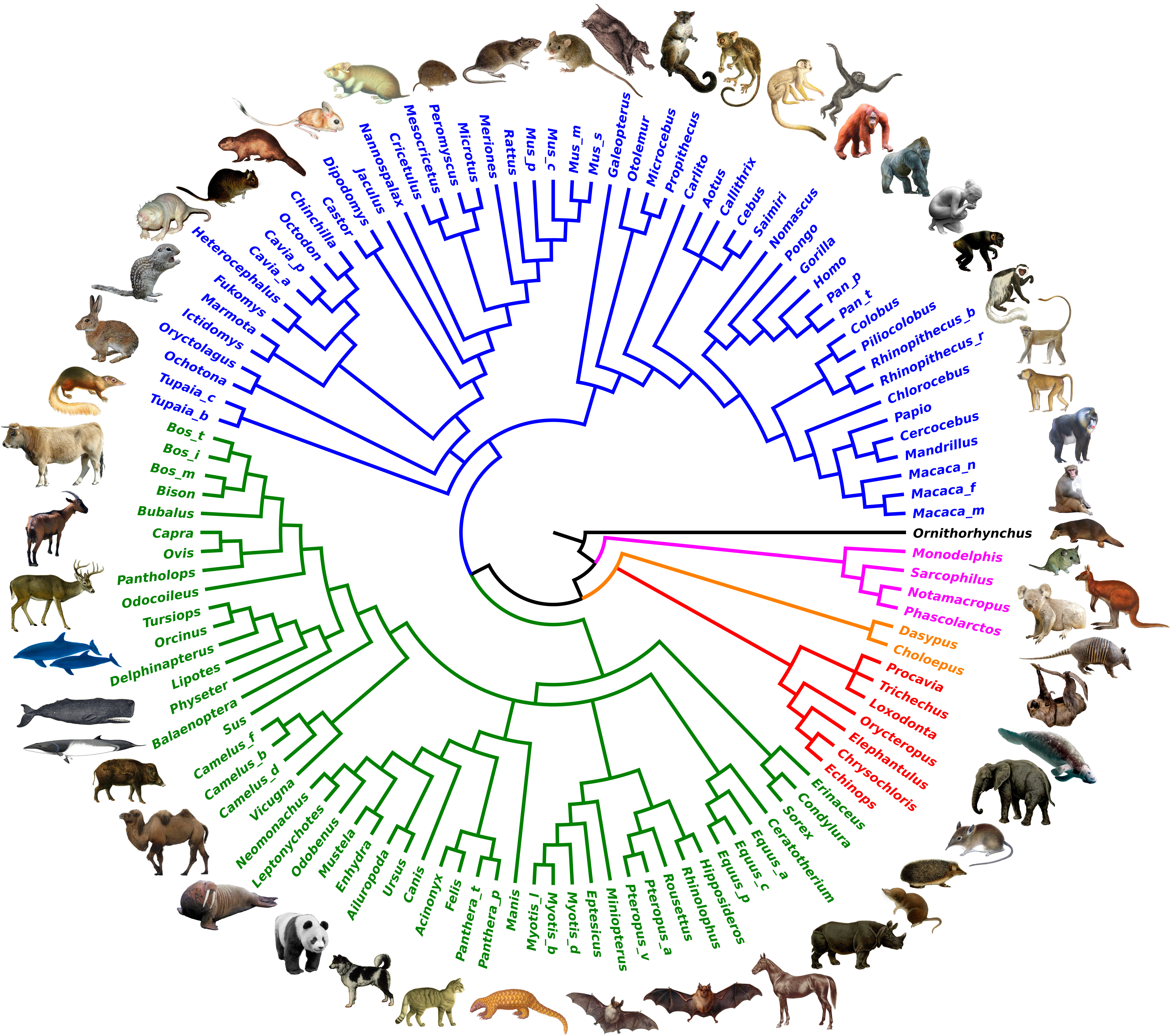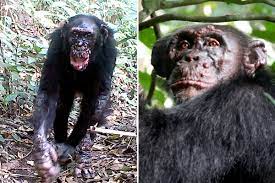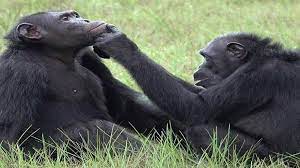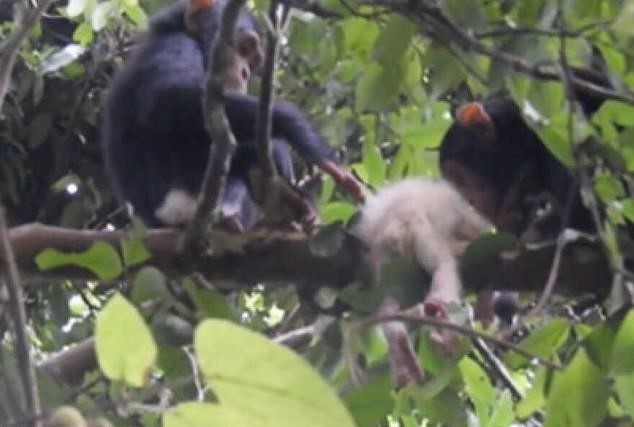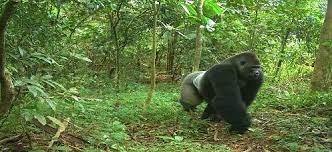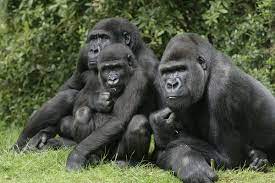In many ways humans are incredibly similar to the other great apes – Chimpanzees, Bonobos, gorillas and orangutans.
Stem cell researchers released a paper in late 2021 (In cell stem cell) that might explain. A previously overlooked section of the DNA – non-coded DNA may explain why our brain and that of other great apes works so differently.
Their study suggests that chimpanzees and humans use a part of the DNA stream in different ways, and this has a considerable effect on the way our brains form.
Perhaps unfortunately (or fortunately) this suggests that the data held outside of the protein-coding genes (which has up to now been labelled junk DNA) has greater importance. This of course means that there is still a great deal to de-code (never mind understand).
Roughly 2% of our genes are thought to be genetic, the other 98% (overlooked till now) is likely to have many hidden secrets that might give us a better idea if what it is to be human (at least from a genetical point of view.

